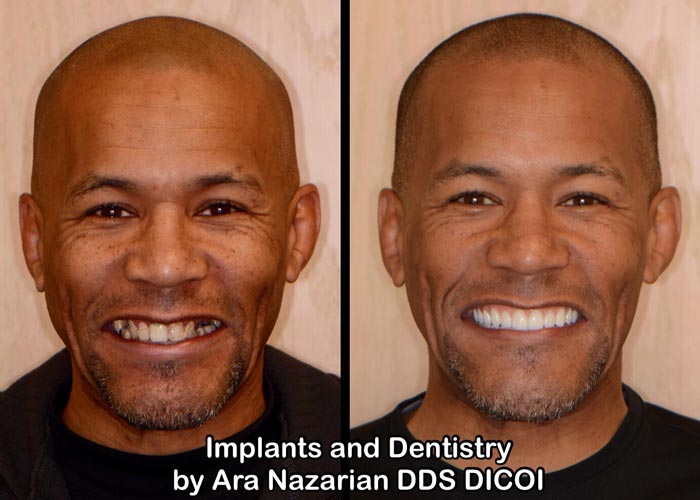I’ve been placing and restoring dental implants in my practice for more than 22 years and have been teaching implant techniques to colleagues for 17 years.
During that time, every aspect of the dental implant procedure has evolved and improved dramatically.
In my mind, the most significant development has been the use of 3D imaging for diagnosis and implant treatment planning. To name just a few benefits, CBCT scans enable us to precisely assess bone quality, determine the orientation of the tooth implant to accommodate planned restorations, and virtually eliminate the risk of complications like nerve damage and sinus penetration by taking the guesswork out of tooth implant size selection. In 2019, 3D imaging is unquestionably the standard of care for implant dentistry. I can’t imagine practicing without it.
Benefits of Dental Implants
Cone beam is just one component of dental implant treatment’s digital workflow. Combined with intraoral scanning, we can now create virtual models from which surgical guides can be made. Again, we’re removing the guesswork from dental implant placement.
One important aspect of implantology that I concentrate on in my courses is bone grafting. For innovative delivery modes to advanced chemistry and manufacturing, available systems for regenerating bone have made treatment a possibility for individuals who previously could not have supported an implant restoration.


And of course, dental implants themselves are constantly changing as new design elements are discovered. Narrow diameters and short heights, innovative tapers and angles, and integration-promoting coatings and threading are just some of the advances that have increased the rates of clinical success.
I work closely with researchers and manufacturers, and I can assure you that this spirit of inventiveness will continue. The goal: to simplify treatment, enhance predictability, and make dental implants an option for any patient.

